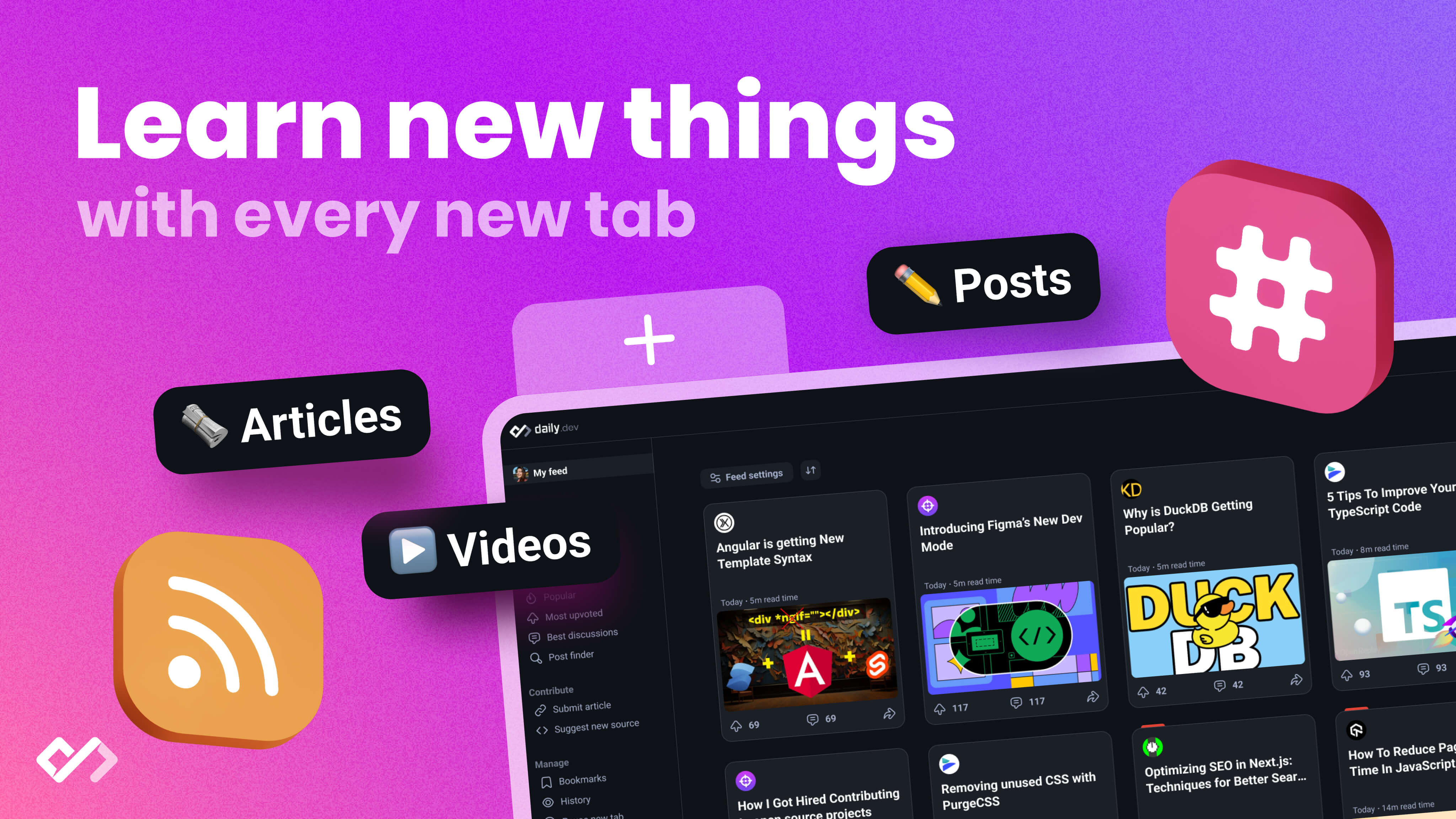


Explore effective resource allocation strategies in Agile environments, focusing on cross-functional teams, dynamic capacity planning, and Agile Release Trains.
Struggling to manage resources in a scaled Agile environment? Here's the solution: focus on three proven strategies - Cross-Functional Teams, Dynamic Capacity Planning, and Agile Release Trains. These methods help align work with goals, manage capacity effectively, and coordinate across multiple teams.
Key Takeaways:
- Cross-Functional Teams: Break down silos, improve collaboration, and boost flexibility with T-shaped skills and shared goals.
- Dynamic Capacity Planning: Regularly review workloads, reallocate resources in real-time, and align with business priorities.
- Agile Release Trains (ARTs): Provide structure for large organizations, synchronize teams, and deliver ongoing value.
Quick Comparison:
| Method | Team Effectiveness | Resource Flexibility | Goal Alignment |
|---|---|---|---|
| Cross-Functional Teams | High | Strong | Good |
| Dynamic Capacity Planning | Faster cycle times | Excellent | Strong |
| Agile Release Trains | Better predictability | Moderate | Strong |
Each strategy has its strengths, so choose based on your organization's size and agility needs. Dive into the article to learn how to implement these approaches effectively.
Agile Resource Allocation - Forming Agile Teams
1. Cross-Functional Teams
Cross-functional teams break down barriers between departments, making it easier to adapt to project needs. This approach ensures resources are used effectively, cutting down on delays and inefficiencies.
Agile expert Mike Cohn explains:
"A cross-functional team has members with a variety of skills, but that does not mean each member has all of the skills." [1]
These teams succeed by leveraging T-shaped skills, shared goals, and active collaboration. Here's how each contributes:
- T-Shaped Skills: Team members have deep expertise in one area but broad knowledge in others. This flexibility helps avoid bottlenecks and ensures resources can be reallocated as needed.
- Shared Objectives: Aligning team goals with broader organizational strategies eliminates conflicting priorities and improves how resources are managed.
- Dynamic Collaboration: Open communication and skill-sharing allow teams to quickly adapt to changing project requirements.
| Component | Purpose | Impact on Resource Allocation |
|---|---|---|
| T-Shaped Skills | Combines specialization with broad abilities | Reduces bottlenecks and increases flexibility |
| Shared Objectives | Aligns team goals with strategy | Improves resource utilization and eliminates conflicts |
| Dynamic Collaboration | Encourages communication and skill-sharing | Enables swift adjustments to meet project demands |
Organizations using cross-functional teams have reported a 52% increase in productivity and 34% higher employee retention [3]. To achieve this, teams need a mix of specialists and generalists to handle workloads effectively [2].
Clear accountability and communication channels are essential for success. Google's Project Aristotle study highlighted the importance of psychological safety, showing that teams perform better when members feel safe to share ideas and adapt roles as needed [3].
While cross-functional teams set the stage for effective collaboration, combining them with dynamic capacity planning ensures resources are always aligned with evolving project needs.
2. Dynamic Capacity Planning
Dynamic capacity planning focuses on continuously reassessing and adjusting resources to meet changing project needs. By pairing this method with cross-functional teams, organizations can ensure resources are used effectively across different skill sets.
Here are the main components that drive dynamic capacity planning:
| Component | Purpose | Implementation Strategy |
|---|---|---|
| Workload Assessment | Identifies resource bottlenecks and availability | Conduct daily stand-ups and regular capacity checks |
| Resource Reallocation | Optimizes team utilization | Adjust resources in real time based on priorities |
| Strategic Alignment | Aligns resources with business goals | Use quarterly planning and continuous reviews |
Tools like Tempus Resource offer real-time insights and scenario modeling, helping teams spot resource conflicts before they disrupt project timelines [2]. This proactive approach allows for smoother project delivery.
To get the most out of dynamic capacity planning, organizations should prioritize daily stand-ups, skill development, and strategic resource adjustments. These practices help ensure resources are aligned with project needs and business objectives [3].
Companies using this method have reported improved resource allocation and reduced downtime by focusing on strategic project prioritization [5].
Clear communication and regular capacity checks are essential for success. These steps help allocate resources where they’re most needed, avoid burnout, and maintain team efficiency. Advanced tools also play a crucial role by providing actionable data to identify bottlenecks early and prevent delays [2].
While dynamic capacity planning offers flexibility, Agile Release Trains add structure, ensuring resources are aligned with value delivery across teams.
sbb-itb-bfaad5b
3. Agile Release Trains
Agile Release Trains (ARTs) offer a structured way to align multiple teams around shared delivery cycles, making them a solid choice for managing resources in large organizations.
ARTs bring cross-functional teams together under a single framework, focusing on delivering ongoing value to customers. They rely on three main elements - quarterly planning, synchronized cycles, and collaboration - to manage resources effectively, minimize conflicts, and optimize team efforts.
| Component | Function | Resource Impact |
|---|---|---|
| Planning & Synchronization | Coordinates deliverables and spots risks | Supports proactive resource allocation |
| Cross-team Collaboration | Encourages skill sharing | Boosts resource efficiency |
ARTs enhance visibility into dependencies and bottlenecks, making resource allocation smoother. Their framework supports three key practices:
- Strategic Planning: Regular quarterly planning aligns team capabilities with program goals.
- Cross-functional Integration: Teams maintain a balanced mix of skills to meet program needs.
- Flexible Resource Management: Resources are adjusted based on shifting priorities.
Tools like Tempus Resource play a key role in supporting ARTs by offering real-time tracking of resources [2]. This helps organizations stay on top of resource distribution across various teams and projects.
Comparing Resource Allocation Methods
Let’s break down how different resource allocation methods perform in scaled Agile environments, focusing on key metrics and practical applications.
| Method | Team Effectiveness | Resource Flexibility | Goal Achievement |
|---|---|---|---|
| Cross-Functional Teams | High speed, fewer dependencies | Strong skill diversity | Good alignment with goals |
| Dynamic Capacity Planning | Faster cycle times | Excellent adaptability | Strong focus on value |
| Agile Release Trains | Better predictability | Moderate flexibility | Strong goal alignment |
Dynamic Capacity Planning stands out in environments with constant changes. Research from McKinsey highlights that organizations achieve better outcomes by reallocating resources fluidly instead of sticking to fixed assignments [4]. This method allows teams to adapt quickly to shifting priorities while staying productive.
Cross-Functional Teams eliminate silos by fostering collaboration across diverse skill sets. Their strength comes from reducing handoffs and creating a more cohesive workflow. This approach is especially effective for complex projects requiring frequent interaction across various expertise areas.
Agile Release Trains (ARTs) are ideal for large organizations managing multiple teams. ARTs bring structure to resource coordination through program-level planning and synchronized delivery cycles. This ensures teams and departments work together efficiently. On the other hand, Dynamic Capacity Planning is better suited for dynamic environments where priorities shift often, enabling quick resource adjustments without disrupting ongoing work.
Cross-functional teams thrive in organizations with a strong Agile foundation and a culture of continuous learning. Their success depends on regular upskilling and knowledge sharing among team members [3]. This highlights the need to align resource allocation strategies with the organization's Agile maturity when scaling.
To evaluate resource allocation methods, track metrics like cycle time, team velocity, and customer satisfaction. Understanding the strengths and trade-offs of each approach can help organizations design strategies that maximize efficiency and deliver value effectively.
Conclusion
Allocating resources effectively in Agile environments depends heavily on an organization's specific goals and structure. Choosing the right method means considering both the size of the organization and its agility requirements.
For larger enterprises managing multiple teams, Agile Release Trains (ARTs) stand out as a practical option. ARTs work well in structured settings, offering a clear framework for coordinating resources across departments. They also provide visibility into quarterly objectives, which is critical when multiple teams are working on interconnected projects. On the other hand, methods like Dynamic Capacity Planning are better suited for fast-changing environments.
Here’s a quick guide to matching strategies with organization size:
| Organization Size | Recommended Primary Strategy |
|---|---|
| Small (<100 people) | Dynamic Capacity Planning |
| Medium (100-500) | Cross-Functional Teams |
| Large (500+) | Agile Release Trains |
To make resource allocation work, organizations should prioritize three main areas:
- Regular Assessment: Keep evaluating how resources are distributed and adjust as project needs or market conditions shift [1].
- Skills Development: Build learning opportunities into daily workflows to keep teams skilled and flexible [3].
- Strategic Alignment: Ensure allocation decisions align with broader goals while staying true to Agile practices [1].
Scaling Agile successfully often requires combining multiple approaches tailored to the organization's needs. Regularly revisiting and refining these strategies ensures they remain effective as circumstances change [1][3].
FAQs
How to do resource planning in agile?
Resource planning in agile environments requires a mix of structure and flexibility to manage team capacity effectively.
1. Calculate Resource Capacity
Start by assessing:
- Regular working hours
- Scheduled time off
- Time for administrative tasks
- Training and development needs
This helps you distinguish between actual capacity and what might seem possible on paper.
2. Plan Sprints Based on Capacity
"Forget about forecasting with any accuracy in this situation if team capacity varies sprint to sprint." [2]
When planning sprints, factor in team velocity, skill sets, buffer time, and any dependencies between teams.
3. Monitor and Adjust as Needed
Keep an eye on capacity, make adjustments to sprints, and track skills to ensure resources match the project's demands.
Tools like Tempus Resource can simplify this process by offering features like advanced allocation views and "what-if" scenarios. These tools help teams spot capacity issues and make informed decisions [2].
"Flexibility is a core pillar in agile resource planning." [3]

.png)








